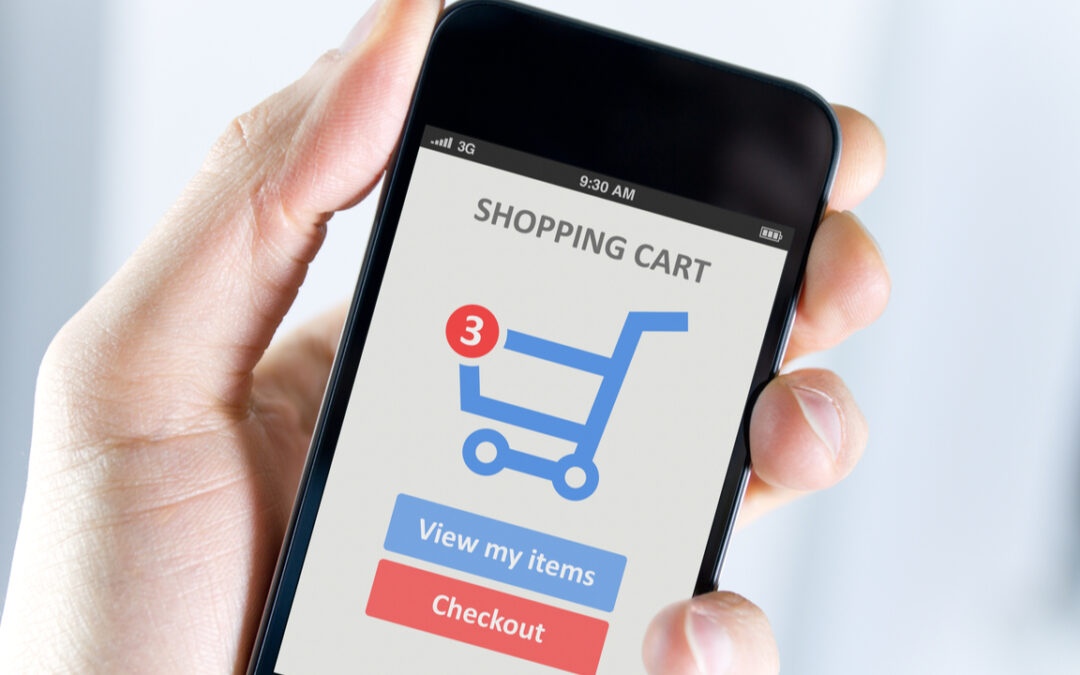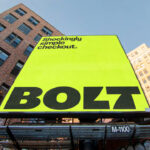As merchants look to attract eCommerce customers, offering a simple, convenient checkout journey can be key to shopper acquisition and loyalty.
By the Numbers
For the study “The Online Features Driving Consumers to Shop With Brands, Retailers or Marketplaces,” PYMNTS Intelligence surveyed more than 3,500 U.S. consumers in October to understand their choices and behaviors when they make purchases online.
The results revealed that 50% of consumers consider how easy a merchant’s checkout process is when deciding where to shop.
This suggests that businesses need to prioritize streamlining their checkout processes to attract more customers and improve their competitiveness in the online market. Ensuring a smooth, hassle-free checkout experience can enhance customer satisfaction and potentially lead, in turn, to increased sales and customer loyalty.
The Data in Context
In a June interview with PYMNTS, Matthew Berk, CEO and co-founder of direct-to-consumer coffee brand Bean Box, explained that when it comes to the purchasing experience, it is key to meet the consumer where they already are.
“What we’ve learned is that when it comes to meeting the consumer, … part of the equation is giving them a frictionless experience to buy,” Berk said. “That can be the website. They can purchase in an SMS message. They could purchase using our app. We try and make it really, really simple. … Those are the ways to really engage your customers and to continue building their lifetime value.”
Granted, there may be such a thing as a checkout that’s too easy, especially in cases where the purchase is a high-value item that consumers have carefully considered before buying.
For instance, Sean Knotts, director of global eCommerce at Sonos, told PYMNTS in a February conversation that the company has been retooling the cart and checkout experiences to cater to consumers’ hesitancy around high-touch purchases.
“Millions of users add to cart on Sonos.com, and just 40% of those users actually continue to start checkout, so if you can improve that rate a little bit, you’re actually going to see a huge net impact,” Knotts said. “So, we ran … some user testing, and that indicated that actually moving away from the very ubiquitous single-page checkout flow to a three-step design, which … used to be the industry norm, was actually 4% easier for users to navigate.”





